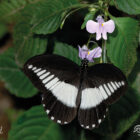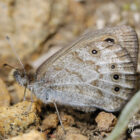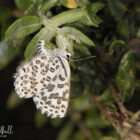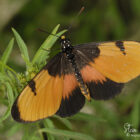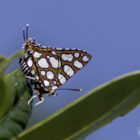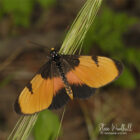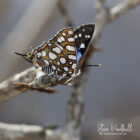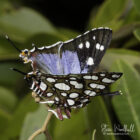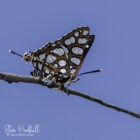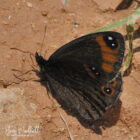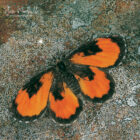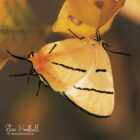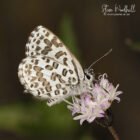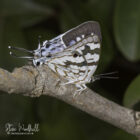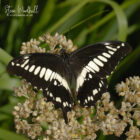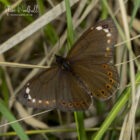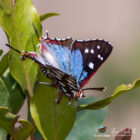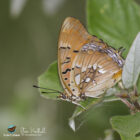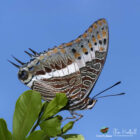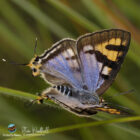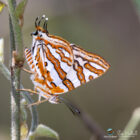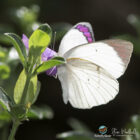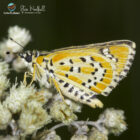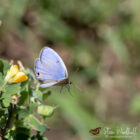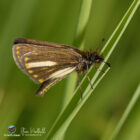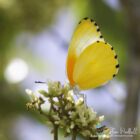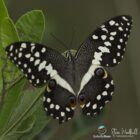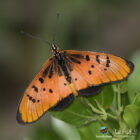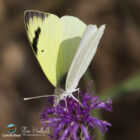Dates & Prices |
BOOK HOLIDAY NOW |
Dates: 19th – 27th September 2025
Price: £2,995 Places available
Single Room Supplement: £295
Deposit: £350 per person
Price Includes: Accommodation, all meals, ground transport, services of guides, entry fees, holiday report
Not Included: International & internal flights, travel insurance, drinks and any other personal items
Conservation Donation: 10% of profits donated to LepSoc & BC Europe
Leader(s): Steve Woodhall & Callan Cohen
Group Size & Travel: Minimum of 4 and a maximum of 12 guests plus 2 leaders.
Grade: Generally short walks at a gentle pace and in a variety of terrains, ideally suited for photography
Holiday Highlights
- A special once-off tour in search of one of South Africa’s most sight-after butterflies: Hutchinson’s Highflier!
- Exclusive opportunity to go butterflying with Steve Woodhall, the leading butterfly expert in South Africa
- Specially timed for endemic lycaenids.
- South Africa’s endemic swallowtail, the Bush Kite, will be a main focus.
- Many special species in our sights including Fig-tee Blue, Saffron Saffire, Russet Protea and White-banded Swallowtail.
- Three centre tour, designed to maximise the range of habitat and species
- Contribute to butterfly conservation in South Africa with LepSoc
An exclusive butterfly safari led by Steve Woodhall, the leading expert on South African butterflies & the author of numerous associated books and field guides!
Holiday Guide
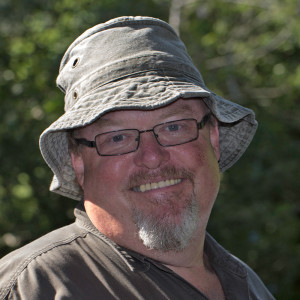 Steve Woodhall started butterfly & moth collecting in UK at the age of 5. He made the decision to go to Africa after seeing Born Free & finally made it (to South Africa) in 1980. He dabbled around before joining Lepidopterists’ Society of Africa in 1986. Steve spent the next 30 years running around Africa, collecting with net, traps and cameras.
Steve Woodhall started butterfly & moth collecting in UK at the age of 5. He made the decision to go to Africa after seeing Born Free & finally made it (to South Africa) in 1980. He dabbled around before joining Lepidopterists’ Society of Africa in 1986. Steve spent the next 30 years running around Africa, collecting with net, traps and cameras.
More recently, entirely with cameras since the digital age. Steve has been to nearly every corner of South Africa and lots of places in Zimbabwe, as well as East and West Africa. He even found time to be the president of LepSoc for nearly 10 years! In addition, he began publishing with Practical Guide to Butterflies and Moths in Southern Africa as editor and contributor in 1992. He was co-author on Living Butterflies of Southern Africa in 1998 with Henning GA & SF, and John Joannou. In 2005 he published Field Guide to Butterflies of South Africa, What’s That Butterfly? in 2000, The Pocket Guide to Butterflies in South Africa in 2013, and ‘Gardening for Butterflies’ (with Lindsay Gray) in 2015.
He has recently published an App, Butterflies of South Africa, that contains even more information than the books!
Day 1 Arriving at OR Tambo International Airport, we’ll drive to an exclusive private nature reserve east of Pretoria. This is situated in the striking ‘Bankenveld’ habitat favoured by one of Africa’s most impressive and sought-after butterflies. Hutchinson’s Highflier, Aphnaeus hutchinsonii, is one of the largest Lycaenid butterflies found in South Africa, with a wingspan of 30-40mm. Its pearly white underside spots flash in the sun as it perches on a hilltop bush or chases a rival in a territorial battle. It has often featured in books on tropical butterflies and is on many butterfly lovers’ wants list. Days 2-4 will be spent in this reserve and in some similar montane areas to the north as we seek out this beauty. Other butterflies we may see in the area are the Saffron Sapphire Iolaus pallene, Fig-tree Blue Myrina silenus ficedula, Russet Protea Capys disjunctus, Bowker’s Marbled Sapphire Stugeta bowkeri, Broad-bordered Acraea Tildia anemosa, and Magaliesberg Painted Ranger Nervia nerva. Day 5-7 In the afternoon of day 4 we’ll drive further east to the Graskop area near God’s Window. This picturesque area, where we’ll stay, has a mosaic of high to medium altitude grasslands and several scarp forests. There are several localities for another Highflier. Bush Kite Swallowtail Papilio euphranor, is South Africa’s only endemic swallowtail. It’s restricted to the high-altitude forests of the eastern side of the country. They can be found at forest edges sunning themselves in the early morning, or nectaring on flowers. At midday they patrol above the canopy, like a high-flying kite. It’s a large butterfly with a wingspan of 8 – 11cm so even when soaring high they can be photographed. October is the time when this species and the Emperor Swallowtail, Papilio ophidicephalus, begin flying. This is also the time to look for the rare and red listed grassland Lycaenidae and Satyrinae of the area. Butterflies we may see are the Sabie Giant Cupid Lepidochrysops irvingi, Violescent Cupid Orachrysops violescens, Narrow-banded Widow Dingana angusta, Cloud Russet Aloeides nubilus, Chequered Pierrot Tarucus bowkeri and Northern Amakosa Rocksitter Durbania amakosa ayresi. On the afternoon of day 7 we’ll drive over the historic Long Tom Pass to the high wetlands around Dullstroom. In October they are noted for their wildflower displays – and rare butterflies. Day 8 Dullstroom area. These high-altitude grasslands are home to many endemic South African butterflies. Some of these are unique to South Africa at the tribe level examples and this is a great opportunity to see many of them in one trip. Examples are Bronze Speckled Widow Serradinga clarki, Alpine Widow Dingana alticola, Lost Valley Cupid Orachrysops warreni, and Marsh Brown Pseudonympha paludis. Day 9 Return to OR Tambo Airport and if time, visit some other localities en route. Contact us now to find out more or reserve places on what we expect to be a very popular tour! 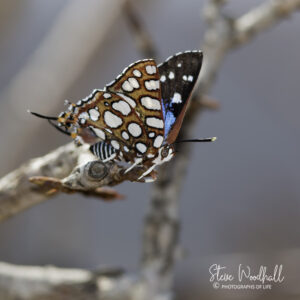
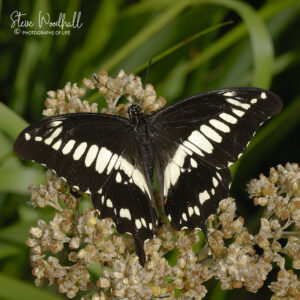
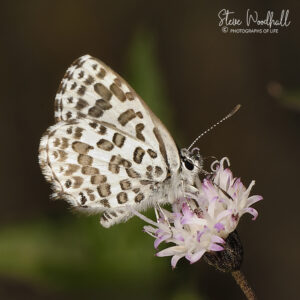
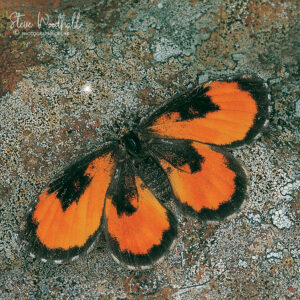
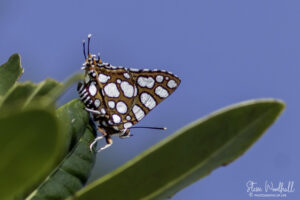
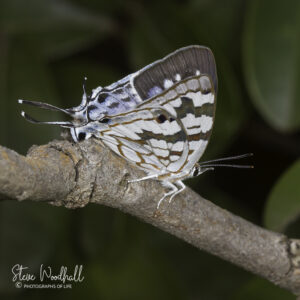
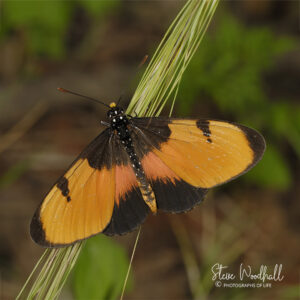
Day 1 Arriving at OR Tambo International Airport, we’ll drive to an exclusive private nature reserve east of Pretoria. This is situated in the striking ‘Bankenveld’ habitat favoured by one of Africa’s most impressive and sought-after butterflies.
Hutchinson’s Highflier, Aphnaeus hutchinsonii, is one of the largest Lycaenid butterflies found in South Africa, with a wingspan of 30-40mm. Its pearly white underside spots flash in the sun as it perches on a hilltop bush or chases a rival in a territorial battle. It has often featured in books on tropical butterflies and is on many butterfly lovers’ wants list.
Days 2-4 will be spent in this reserve and in some similar montane areas to the north as we seek out this beauty.
Other butterflies we may see in the area are the Saffron Sapphire Iolaus pallene, Fig-tree Blue Myrina silenus ficedula, Russet Protea Capys disjunctus, Bowker’s Marbled Sapphire Stugeta bowkeri, Broad-bordered Acraea Tildia anemosa, and Magaliesberg Painted Ranger Nervia nerva.
Day 5-7 In the afternoon of day 4 we’ll drive further east to the Graskop area near God’s Window. This picturesque area, where we’ll stay, has a mosaic of high to medium altitude grasslands and several scarp forests. There are several localities for another Highflier.
Bush Kite Swallowtail Papilio euphranor, is South Africa’s only endemic swallowtail. It’s restricted to the high-altitude forests of the eastern side of the country. They can be found at forest edges sunning themselves in the early morning, or nectaring on flowers. At midday they patrol above the canopy, like a high-flying kite. It’s a large butterfly with a wingspan of 8 – 11cm so even when soaring high they can be photographed.
October is the time when this species and the Emperor Swallowtail, Papilio ophidicephalus, begin flying.
This is also the time to look for the rare and red listed grassland Lycaenidae and Satyrinae of the area. Butterflies we may see are the Sabie Giant Cupid Lepidochrysops irvingi, Violescent Cupid Orachrysops violescens, Narrow-banded Widow Dingana angusta, Cloud Russet Aloeides nubilus, Chequered Pierrot Tarucus bowkeri and Northern Amakosa Rocksitter Durbania amakosa ayresi.
On the afternoon of day 7 we’ll drive over the historic Long Tom Pass to the high wetlands around Dullstroom. In October they are noted for their wildflower displays – and rare butterflies.
Day 8 Dullstroom area. These high-altitude grasslands are home to many endemic South African butterflies. Some of these are unique to South Africa at the tribe level examples and this is a great opportunity to see many of them in one trip. Examples are Bronze Speckled Widow Serradinga clarki, Alpine Widow Dingana alticola, Lost Valley Cupid Orachrysops warreni, and Marsh Brown Pseudonympha paludis.
Day 9 Return to OR Tambo Airport and if time, visit some other localities en route.
Please note: The itinerary is subject to change under certain circumstances (e.g. weather conditions or seasonal variation). We can easily adapt the itinerary as necessary.
To follow
To follow


